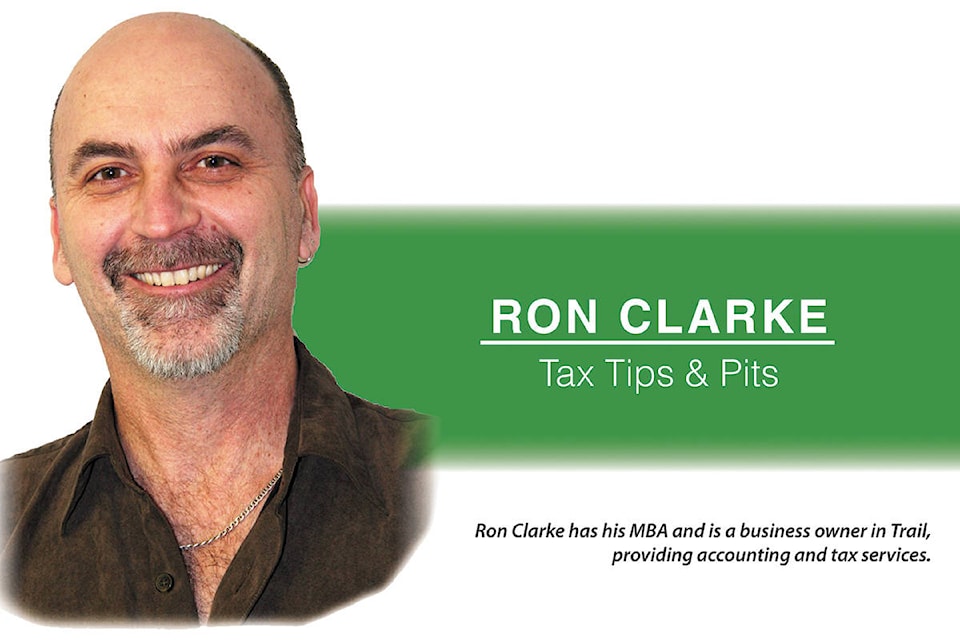A year ago, CRA raised its prescribed interest rates, the first time in five years and the second time since 2009.
A T1 tax return filed after the deadline of April 30 that has taxes due is assessed a penalty calculated on the tax owing. This was 5 per cent, but is now 6 per cent. The interest charged on the balance was 1 per cent per month, but is now 2 per cent, and since it’s compounded daily, that’s an effective rate of about 27 per cent annually.
And if a taxpayer files late twice within a four year period, the late penalty is doubled to 12 per cent and the monthly interest charge also doubles to 4 per cent. That’s scary math.
The late filing infractions are not applicable to those taxpayers who file on time, have taxes payable but don’t pay them. As much as there is a balance due, because the taxpayer filed on time, CRA only charges a 6 per cent annual interest rate.
So as a tip, regardless of the ability, or inability, to pay taxes due, file your tax return by April 30.
On the flip side, the Tax Court of Canada has been siding with taxpayers over the past few years resulting in some softened penalties by CRA, most notably the penalty charged against the “under filer”.
This is the taxpayer who repeatedly files incomplete returns in terms of income earned. When CRA matches missing slips to the taxpayer’s return, an automatic reassessment is completed by CRA and in turn, CRA applies the “failure to report income” penalty to get this taxpayer’s attention.
If a taxpayer accidentally fails to report on their tax return a source of income greater than $500 twice in a four year period, CRA assesses the lesser of 10 per cent of the income not reported and 50 per cent of the shortfall of the taxes that should have been paid less what was paid. The penalty is calculated using the last revenue that was not reported. The math aside, the old penalty regime applicable to this taxpayer effectively gave CRA arbitrary penalizing power.
So as much as the reduced penalty is good news, it’s wise to file a complete return and if some form of revenue is missed, inform CRA. Typically CRA will not assess the penalty if the taxpayer self-identifies an error.
Then there is the filing of false statements and deliberate omissions. If proven, in these cases the CRA penalty applied is the greater of $100 and 50 per cent of the wrongful tax savings. Don’t be lulled by the $100. Note that it’s the greater of these two amounts, not the lesser of the two amounts. If however, there is a change of heart by the taxpayer and a voluntary correction is made, the CRA penalty may be avoided.
The take away from this discussion, is for a taxpayer to put forth the diligence to rectify and prevent future occurrences. The Tax Court of Canada has established that a taxpayer who makes the effort to correct a T1 tax return filing and who also makes the effort to prevent such a situation in the future may be exempted from a penalty.
To this point, a T1 adjustment to correct a tax filing for any of your last 7 tax years could prove to be a relatively cheap fix for what could otherwise be something very costly.
Ron Clarke has his MBA and is a business owner in Trail, providing accounting and tax services. Email him at ron.clarke@JBSbiz.ca. To read previous Tax Tips & Pits columns visit www.JBSbiz.net.
